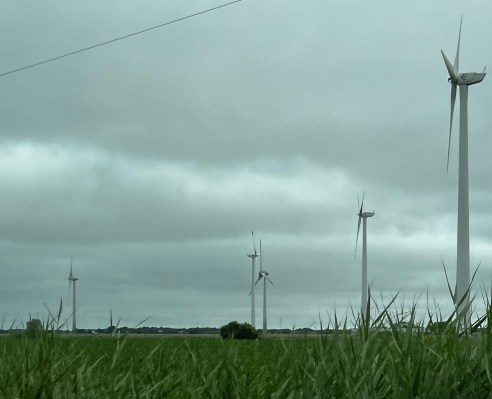Salesforce has always fashioned itself as a socially responsible company, and that includes working on a Net Zero carbon emissions goal. In fact, it launched Sustainability Cloud (now called Net Zero Cloud) in 2019, a product for tracking customer Net Zero goals. This year, they are taking that idea a step further with a new product that incorporates not only the environmental pieces, but also social and governance goals, all of which fall under the ESG umbrella.
Ari Alexander, GM for Salesforce Net Zero Cloud and Net Zero Marketplace, says the idea is to take advantage of the range of Salesforce tooling from MuleSoft for connecting to data sources to Tableau for data visualization to help companies better understand their progress towards ESG goals.
“ESG is a broad and very important trend where our customers are looking for help, direction and solutions, and increasingly we started hearing that they needed help with reporting, both voluntary and regulatory,” he said.
The amount of information required to build such reports can be a daunting task for those charged with the reporting requirements. “The solution needed to reach across their business to bring in data from many different sources and streamline their reporting. And so we decided it was time to kind of bring the full power of Salesforce to that problem and extend our Net Zero Cloud to broaden into a full ESG solution.”
ESG reporting is challenging in its current state, particularly because there is no common regulatory reporting framework for all of this data, other than for greenhouse gas reporting. “Whereas the E part of ESG has the Greenhouse Gas Protocol to guide it, that’s fairly well aligned as a global standard; when it comes to ESG reporting, that is very much still an alphabet soup of voluntary frameworks,” Alexander said.
What’s more, the regulatory bodies that are there are changing their requirements frequently, and it is expected that there will be in-country requirements in the not-too-distant future.
“So the specific kinds of data that we’re talking about, whether it’s emissions data, whether it’s diversity, equity and inclusion data, whether it’s data about suppliers and whether there are any kind of human rights flags or abuses anywhere deep in your supply chain, the kinds of things that companies are collecting or looking to put in one place and one single source of truth and report out on. There isn’t yet a clean and easy way to say this is good data or this is bad data on an unstructured dataset [like this],” he said.
He says the data can be reported to third-party auditors, however, and the tool is set up to allow that. “There is increasingly pressure on companies to take the data they’re reporting out more seriously, to provide some of the kinds of audit trails, so the Big Four audit firms can come in and look at enterprise data and have a point of view on whether the data that’s being shown to them is up to a certain standard when it comes to workflows and processes, transparency and being able to explain how you get to the kinds of numbers you report out on,” he said.
The full ESG reporting product is expected to be publicly available in the next couple of months.
